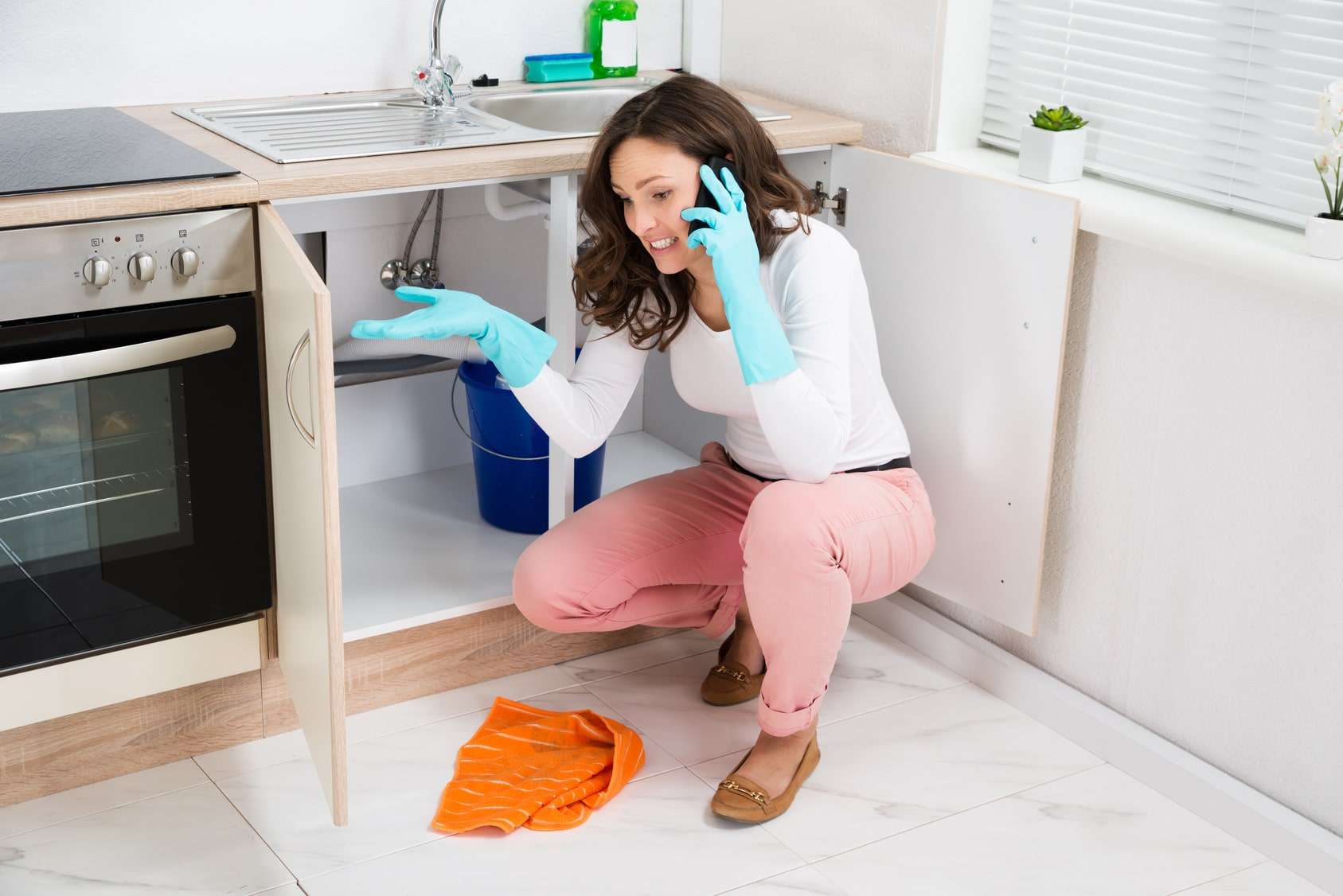Identify the Six Most Water Leak Causes Inside The Home
Identify the Six Most Water Leak Causes Inside The Home
Blog Article
Just how do you really feel on the subject of How to detect water leaks in your home?

Leaks not just create waste of water yet can also trigger unneeded damages to your home and also promote undesirable natural growth. Sadly, water leaks may go unnoticed considering that most of the pipework in our house is hidden. By recognizing and looking for everyday circumstances that trigger leaks, you can shield your residence from future leakages and unneeded damages. Today, we will consider six leak triggers that may be causing your pipes to trickle.
Instantaneous temperature level changes.
Severe temperature level adjustments in our pipes can cause them to increase and contract suddenly. This growth and also tightening may create cracks in the pipes, particularly if the temperature are below freezing. If you maintained an eye on just how your plumbing works, it would be best. The presence of the formerly discussed circumstances often indicates a high danger.
Corroded water systems
This might be the cause of discoloration or bending on your water pipelines. If our plumbing system is old, consider replacing the pipelines given that they are at a higher danger of rust than the more recent models.
Defective Pipeline Joints
The factor at which your pipes attach is often the weakest link in the waterline. Pipeline joints can weaken in time, resulting in water leakages. The bulk of pipeline joints are not conveniently visible. If you have loud pipes that make ticking or banging noises, particularly when the hot water is turned on, your pipeline joints are most likely under a lot of pressure. It is recommended to have your plumber examine your system annually.
Trespassing roots
Most water leakages begin outside the residence instead than inside it. You may see damp patches or sinkholes in your lawn, and also that could mean that tree origins are invading water lines triggering water to seep out.
Poor Water Connectors
At times, a leakage can be triggered by loose tubes as well as pipelines that supply your appliances. In instance of a water connections leak, you might notice water running directly from the supply line or pools around your devices.
Obstructed Drains
Obstructed drains pipes might be irritating as well as inconveniencing, however they can in some cases end up creating an overflow leading to burst pipes. Keep removing any products that might go down your drains pipes that could block them to stay clear of such troubles.
All the above are reasons for leakages but not all water leakages arise from plumbing leaks; some leakages could come from roofing leaks. All leakages need to be fixed promptly to stay clear of water damages.
Leaks not just cause waste of water yet can likewise cause unneeded damages to your home as well as advertise undesirable organic development. By understanding as well as looking for day-to-day circumstances that trigger leaks, you can secure your home from future leaks and also unnecessary damage. Today, we will look at 6 leak causes that may be causing your pipelines to trickle.
At times, a leakage can be caused by loose hose pipes as well as pipes that provide your appliances. In instance of a water connections leak, you may see water running directly from the supply line or puddles around your devices.
How To Check For Water Leak In Your Home
How To Check for Leaks
The average household's leaks can account for nearly 10,000 gallons of water wasted every year and ten percent of homes have leaks that waste 90 gallons or more per day. Common types of leaks found in the home are worn toilet flappers, dripping faucets, and other leaking valves. These types of leaks are often easy to fix, requiring only a few tools and hardware that can pay for themselves in water savings. Fixing easily corrected household water leaks can save homeowners about 10 percent on their water bills.
To check for leaks in your home, you first need to determine whether you're wasting water and then identify the source of the leak. Here are some tips for finding leaks:
Take a look at your water usage during a colder month, such as January or February. If a family of four exceeds 12,000 gallons per month, there are serious leaks.
Check your water meter before and after a two-hour period when no water is being used. If the meter changes at all, you probably have a leak.
Identify toilet leaks by placing a drop of food coloring in the toilet tank. If any color shows up in the bowl after 10 minutes, you have a leak. (Be sure to flush immediately after the experiment to avoid staining the tank.)
Examine faucet gaskets and pipe fittings for any water on the outside of the pipe to check for surface leaks.
Undetected water leaks can happen without the home or business owner even realizing. If you suspect a water leak, but not able to find the source. It is time to contact a professional water leak detection service, The Leak Doctor.
How To Find a Water Leak In Your Home
https://www.leakdoctor.com/blog/How-To-Check-For-Water-Leak-In-Your-Home_AE197.html

As a fervent person who reads on How to Find Water Leaks, I imagined sharing that portion was a great idea. Sharing is caring. Helping others is fun. I enjoy reading our article about How to detect water leaks in your home.
Got trouble? Ring! Report this page